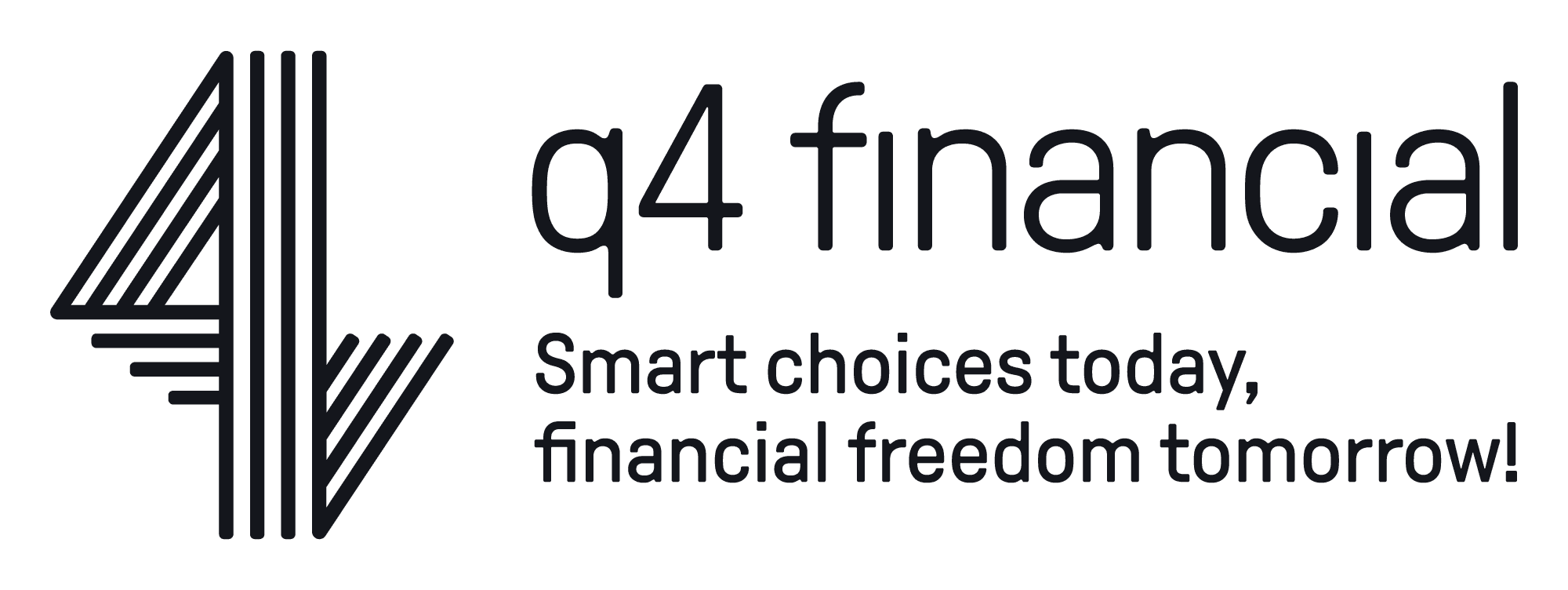
At q4 financial, we don’t sit on the fence. When important rule-changes land, we cut to the chase: business owners, professionals and soon-to-retire individuals need to know how to respond today for the sake of tomorrow.
The government has announced four key changes to the age pension regime in Australia, all have taken effect from 20 September 2025. These are not minor tweaks – some of them will require you to review your planning now.
1. Increase in deeming rates for the income test
What’s changed?
From 20 September 2025, the government has increased the rates used to estimate (or “deem”) how much income you earn from your financial assets. These deemed amounts are used to work out how much Age Pension you’re entitled to under the income test.
There are two deeming rates:
- The lower deeming rate applies to the first portion of your financial assets — that’s currently up to $64,200 for singles and $106,200 for couples (combined).
- The higher deeming rate applies to anything above those thresholds.
From 20 September 2025:
- The lower rate increased from 0.25% to 0.75%.
- The higher rate increased from 2.25% to 2.75%.
These percentages are not your actual investment returns — they’re a government estimate of what your money should be earning, and that estimated income is what’s used to assess your pension eligibility.
Why does this matter?
Because the deeming rates are going up, the government will assume you’re earning more income from your savings, shares or superannuation. That means, even if your actual returns haven’t changed, your assessed (deemed) income will increase, which can reduce your pension.
An example:
Let’s say you have $100,000 in financial assets (like savings, shares, or super).
- Before 20 September 2025, those assets were deemed to earn $86.54 per fortnight.
- After the deeming rate increases, they’ll be deemed to earn $105.76 per fortnight — about $19 more.
- Because of the pension income test, this extra $19 of deemed income could reduce your Age Pension by around $9.61 per fortnight.
In other words, higher deeming rates mean some people will see their Age Pension payments drop slightly, depending on the level of their financial assets.
What this means for you:
If you are close to the assets/income thresholds or you rely on your age pension eligibility as part of your retirement plan, this change means you should:
- Re-calculate your deemed income assuming the new rates.
- Consider restructuring some assets (if appropriate) to minimise the impact of the increased deeming.
- Review the extent to which you rely on the pension as part of your retirement income strategy – the pension benefit from the income test is now less generous for a given asset base.
- Factor in this change into your overall planning – especially if you’re advising business owners or professionals who will transition into retirement and may have significant financial assets.
2. Increase in the maximum rate of the Age Pension
What are the details?
From 20 September 2025 the maximum basic rate of the age pension has increased:
- For a single pensioner: the fortnightly maximum will go from approximately $1,149.00 to $1,178.70 – an increase of $29.70.
- For a pensioner couple (both eligible): the combined maximum goes from approximately $1,732.20 to $1,777.00 – an increase of $44.80 per fortnight.
What this means for you:
Good news – if you are receiving a full pension (or close to full) you will see a direct increase in your payment. This is part of the twice-yearly indexation of the pension.
But – as we’ve flagged above – if you have significant financial assets you might lose more pension via the income test (because of the increased deeming) than you gain from the higher maximum rate. In other words, you’ll need to check whether your net position improves.
For business owners or professionals planning retirement strategies: this change might shift the maths on when to apply for pension, how much to draw from super or invest outside super, and what buffer you need. It’s not just about the nominal increase – it’s about how the interplay of income test, assets test, and deeming rules affect your overall retirement income.
3. Increase in the cut-off limits for part Age Pension (income means test)
What are the details?
From 20 September 2025 the pension disqualifying income limit (i.e., the counted income at which pension entitlement under the income means test has dropped to nil) has increased:
- For a single resident pensioner: from approximately $2,516.00 per fortnight to $2,575.40.
- For a couple (combined): from approximately $3,844.40 per fortnight to $3,934.00.
What this means for you:
If you were previously just above the cut-off (i.e., your counted income was so high you did not qualify for any pension), then you may now have eligibility (or partial eligibility) again. That creates an opportunity for review – especially if your business sale, transition to retirement, or income draw event has changed your income position.
For business owners and professionals: this increment means more leeway. It’s worth re-modelling your income and timing to see if you gain access to a part-pension or access it earlier, or restructure income streams to stay below the threshold.
4. Increase in the taxable income (income test) limit for the Commonwealth Seniors Health Card (CSHC)
What are the details?
From 20 September 2025 the income limit for individuals who are otherwise eligible for the age pension but disqualified by the means tests (and thus instead may be eligible for the CSHC) has increased:
- For singles: the limit increased by $2,080 per annum, to $101,105.
- For couples (combined): the limit increased by $3,328 per annum, to $161,768.
What this means for you:
If you’re in the cohort of retirees who are not eligible for the age pension (due to failing the income or assets test) but have reached Age Pension age, then the CSHC is an important fallback – offering concessional access to health benefits, cheaper medicines and some state-concession support. With the increased income limit, more people will become eligible.
From a planning vantage: you should check whether you now meet the updated income threshold for the CSHC. If you hadn’t applied previously (or were declined), now is the time to revisit eligibility. It may mean better healthcare cost outcomes in retirement even if the pension itself remains out of reach.
Our thoughts
These changes reinforce that the retirement and pension landscape is changing – not radically overnight, but meaningfully.
Key take-aways for you personally, as a business-owner or professional:
- The increase in the deemed income rate means a higher assumed income from financial assets – this can trigger a reduction in pension entitlement. If you have significant savings, shares, cash or super in pension phase, you’ll need to review how this affects your pension strategy.
- Although the maximum pension rate has increased, it might not compensate for the impact of higher deemed income if you’re asset-rich. It’s not a “free” boost for everyone; the net effect depends on your asset base and income.
- The higher cut-off limits for part pension and the increased income thresholds for the CSHC open doors: individuals who previously missed out may now be eligible. That’s an opportunity to optimise timing and eligibility.
- For business owners or professionals, consider how these changes interplay with your broader retirement plan: for example, the timing of business sale, the structure of super drawdown, or the level of financial assets pre-pension age.
- From a practical action list:
- Re-model your pension eligibility under the new rules (income test, assets test, deeming).
- Review your investment asset structure – is there a way to hold assets more tax-efficiently, or reduce the impact of deeming?
- Check whether you are now eligible for the CSHC.
- Incorporate these changes into your mid-to-late career transition planning – ensuring your retirement drawdown strategy, asset mix and timing support the pension rules, not fight them.
If you are approaching age pension age, have significant financial assets, or run your own business and are planning your exit strategy — now is the time to review your situation in light of these changes. At q4 financial, we specialise in helping established business owners and professionals make the smart decisions today that ensure financial freedom tomorrow.
